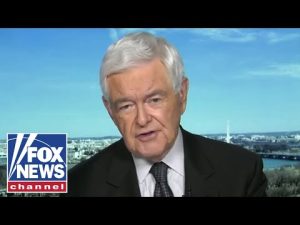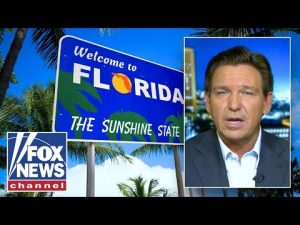Negotiations are underway, and while they may sound like something out of a thriller movie, they’ve taken on a serious tone on the international stage. Reports indicate that discussions regarding Hamas and various countries involved are making significant strides. This is no small feat, as the involvement of multiple Muslim and Arab nations—both affluent and less so—marks a groundbreaking moment in diplomacy. It’s an unprecedented situation that could reshape relationships in the Middle East. There’s even talk of a possible visit to the negotiation site later in the week, depending on how the discussions unfold.
While diplomatic efforts are in the spotlight, a darker narrative is brewing at home. Alarming reports have surfaced about left-wing extremism, with specific reference to a group called Antifa, which has gained notoriety over the years for its aggressive tactics. Activities in cities like Chicago and Portland have raised serious concerns about public safety. Antifa militants have exhibited behavior that many deem heinous, including surveillance of federal agents and even violent attacks on law enforcement officials. The overarching message here? There is a growing perception of a left-wing terror threat that demands attention.
In July, a shocking incident occurred in Texas when a group of individuals associated with Antifa inexplicably stormed an ICE facility, attracting national headlines. Their reckless actions led to gunfire, injuring a police officer, which is a reminder that the threats faced by our law enforcement officers are very real. The situation in Portland is similarly worrisome, with reports of attacks on federal property and attempts to undermine the execution of federal laws. It’s a chaotic scene where the rule of law seems to be at stake.
Furthermore, the impacts of violent protests are being felt beyond the law enforcement community. Journalists, who bravely report on these events, have become targets themselves. Several have experienced brutal assaults while doing their jobs covering Antifa-related violence. It’s both tragic and baffling that professionals fulfilling their duty to inform the public should face such hostility. A recent case highlighted the dangers these journalists encounter, with one individual suffering grave injuries during an encounter with a violent mob.
The narrative shifts to the federal response, which appears to be gearing up against the radicals causing havoc. There are remarks about the previously targeted individuals under the last administration—faithful citizens, Christians, and patriotic parents labeled as extremists—while now the legal focus seems to be accentuated on Antifa. It’s an effort to rectify previous missteps in how extremists have been dealt with in the past, and the current administration emphasizes its commitment to prioritizing the safety and security of law-abiding citizens. Calls for stricter penalties for inciting violence in protests have been voiced, reflecting a desire for accountability not only for the individuals involved but also those actively funding these extremist movements.
As the conversation continues, underneath all these pressing issues is a significant cultural concern. The growing sentiment points to a society grappling with ideological divides, where the actions of radicals, regardless of their alignment, could ultimately lead to broader societal harm. The necessity for lawful order and the preservation of peace has never been more paramount, and the need for thoughtful discourse and engagement devoid of violence has become critical. As America navigates these turbulent waters, the hope is that reason and civility will guide the way forward, leaving the chaos behind.







